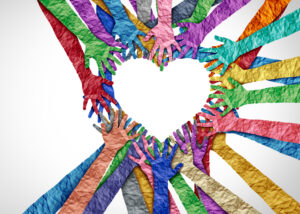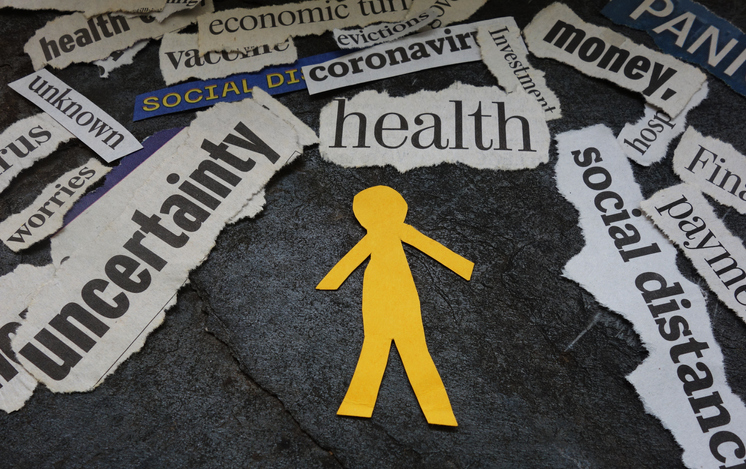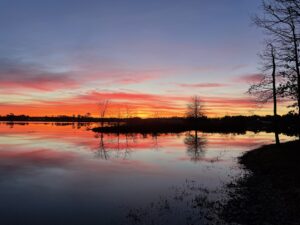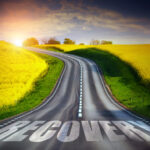
Phrases like “Love is love” and “Love is never wrong” are deeply significant to us as members of the LGBTQ+ community. These phrases push back at the messages we received growing up. I grew up hearing all sorts of denigrating messages. As a lesbian, I’ve heard my brand of love and attraction described as: disgusting, sick, sinful, perverted, abnormal, and deviant. Many of these descriptions came from people I knew and loved. No matter how clear I am that these messages are wrong, they have still left a mark. In fact, research is revealing that continuous experiences of discrimination and microagressions* have an impact on the brain that is similar to that of other types of trauma.
As a young person, I rarely heard positive messages to counter these hurtful words. On an emotional level, I translated these messages into negative beliefs such as “I am not okay,” “I’m a bad person,” and “I am unloveable.” Sure, these beliefs are untrue, but they have operated on a subconscious level. These negative beliefs have had a huge impact on me throughout my life. I’ve placed other people’s happiness and importance above my own. I have held back. I’ve lived a smaller life than I might have otherwise. And I’m certainly not unique in this regard. In fact, many of my friends have experienced much more intense levels of rejection and hurt.
The Power of EMDR
As I mentioned in my previous post, Old Wounds Heal, Pal, I’m working with a therapist who is skilled in EMDR.… Read the full post “Being Okay”




